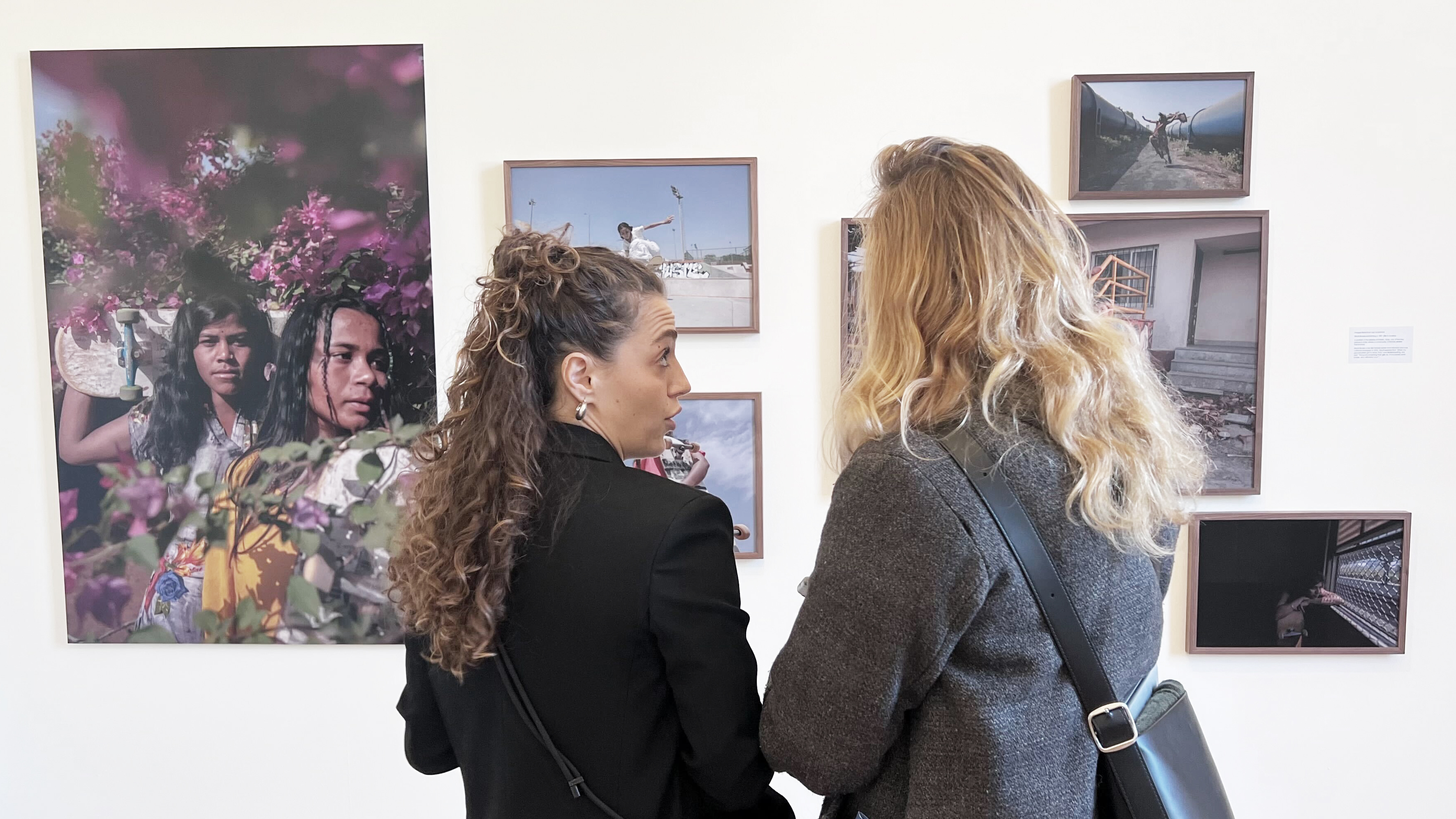6 biggest camera breakthroughs of 2021
This year has seen some incredible technical breakthroughs in the world of cameras. These are the six biggest highlights…
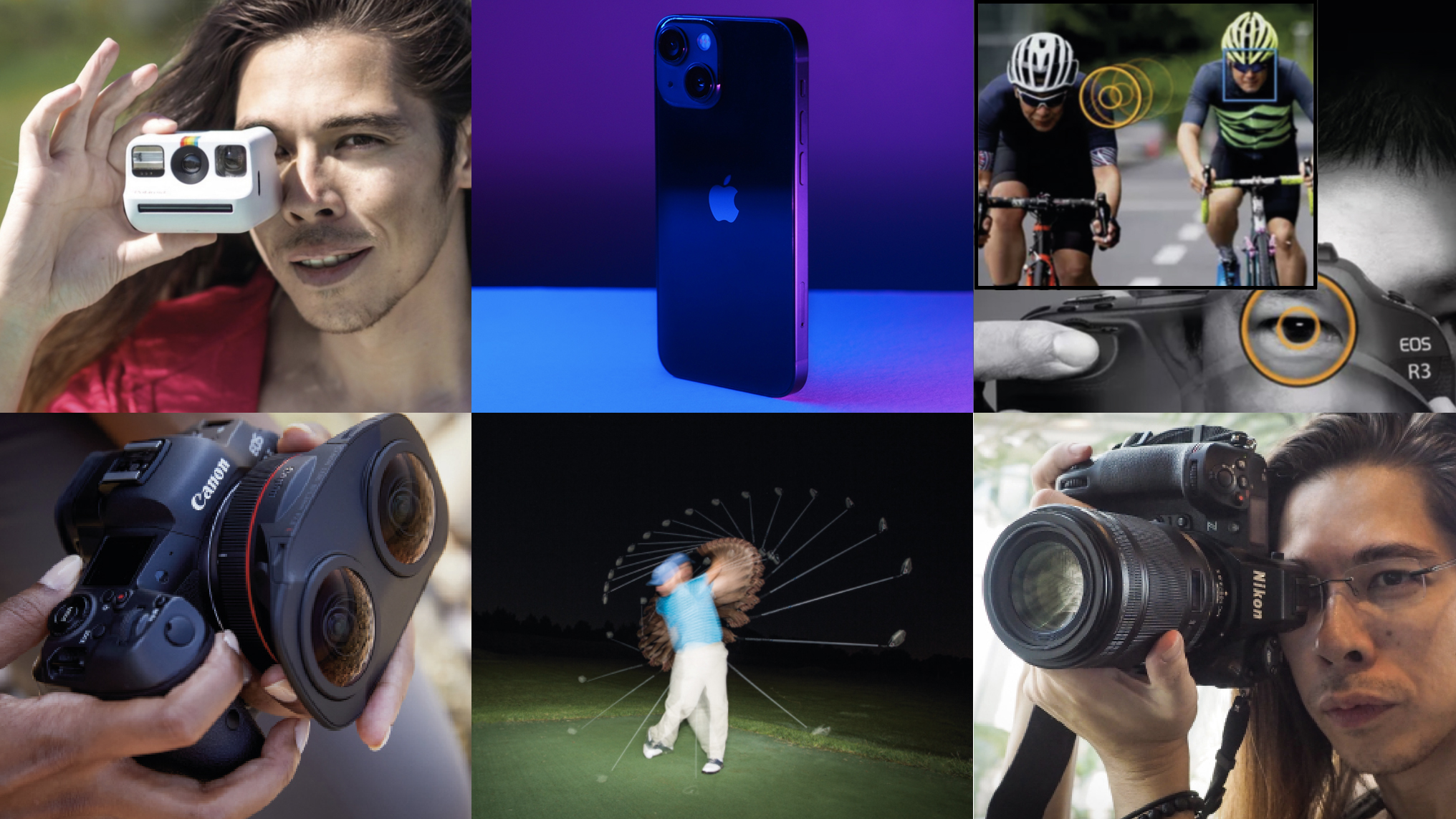
Technology moves at an incredible pace, yet for years it felt like the world of photography was moving at a comparative crawl. It was, after all, 13 years ago that the first commercial mirrorless camera was released (the Panasonic G1) – yet many of us are still using cameras with mirrors.
While there have certainly been innovations since then, the last couple of years have felt more like the industry’s biggest players playing catch-up in the mirrorless stakes, rather than pushing through any radically new tech.
• Read more: Best cameras for photography
However, that wasn’t the case in 2021. This year has seen some staggering breakthroughs in both imaging technology and its application. Of course, it has helped that both Canon and Nikon released flagship cameras packed with the latest features.
It’s not just big-bucks professional cameras that have ushered in the innovation, though; even analogue instant cameras (arguably the original mirrorless cameras) have been breaking boundaries in the past 12 months. Ultimately, of course, fancy tech doesn’t automatically mean fancy images.
What these new developments do mean, however, is that certain aspects of photography and videography are now easier than before. Here are our picks for the biggest breakthroughs in camera technology in 2021…
Super-fast frame-rates
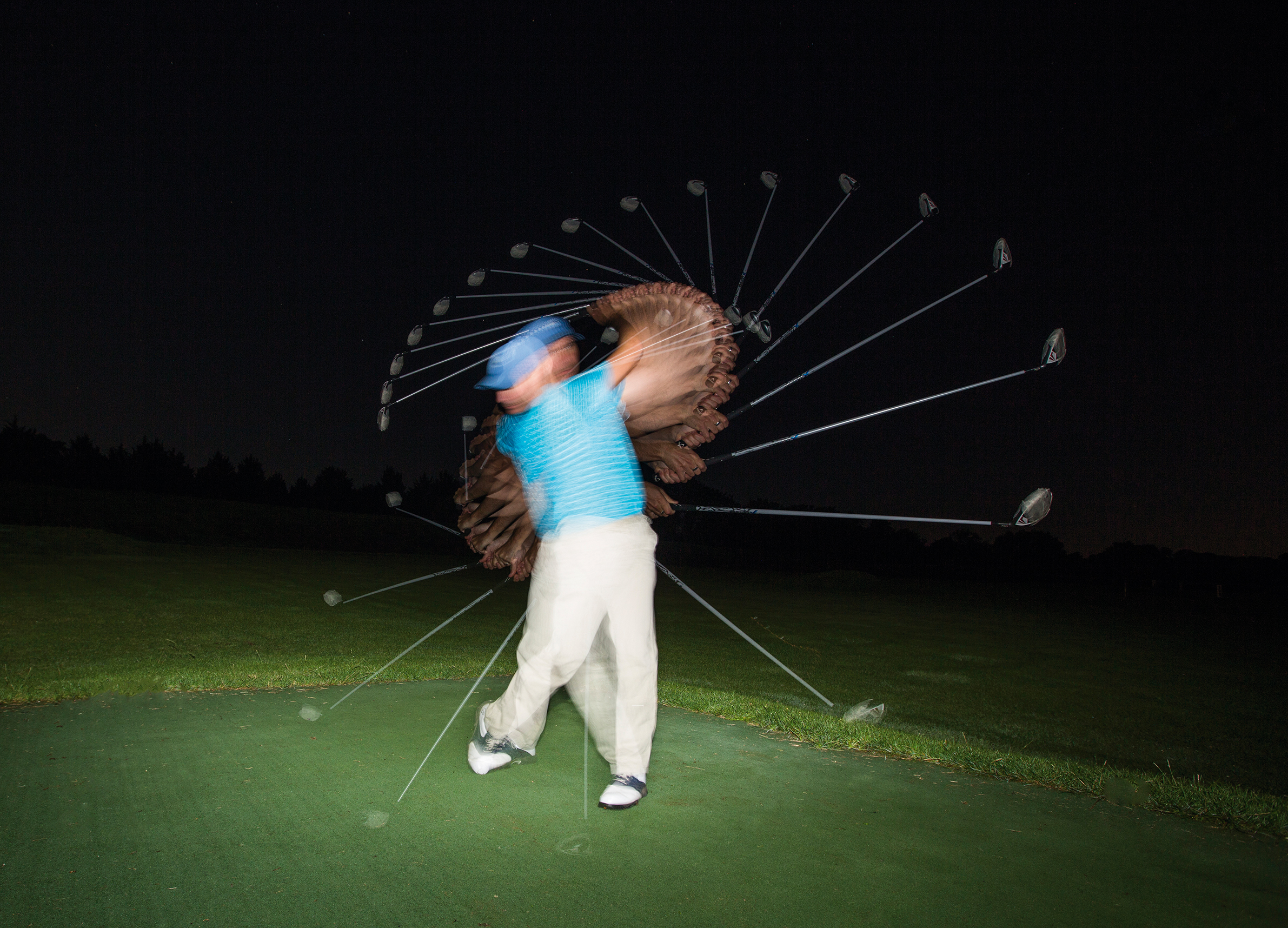
It all started in January this year, when Sony launched the Sony A1 with its 30fps burst shooting, although that super-speed was then matched by the Canon EOS R3 in October. However, Nikon then overtook both of its rivals in November by going all Sonic the Hedgehog on us and releasing the Nikon Z9, which can capture staggering continuous bursts of 120fps.
Get the Digital Camera World Newsletter
The best camera deals, reviews, product advice, and unmissable photography news, direct to your inbox!
Eye Control AF
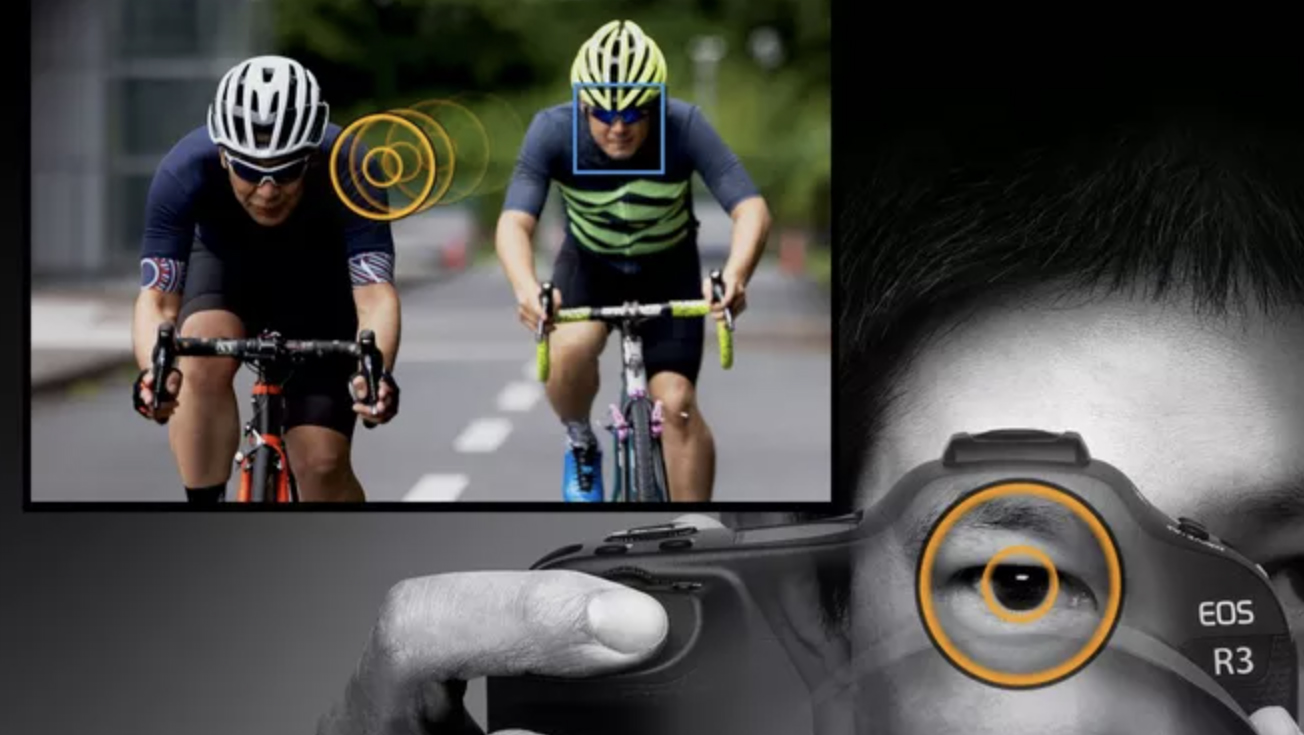
No, it’s not a gimmick! Although Canon introduced it years ago with little initial success, it’s back and it really does work this time. The Canon EOS R3 features eight infrared blasters in the electronic viewfinder that map your eye, track where it’s looking and place a focus point on whatever you are looking at. It’s a shortcut between autofocus and manual focus that we never knew we needed.
Pocket-sized Polaroids
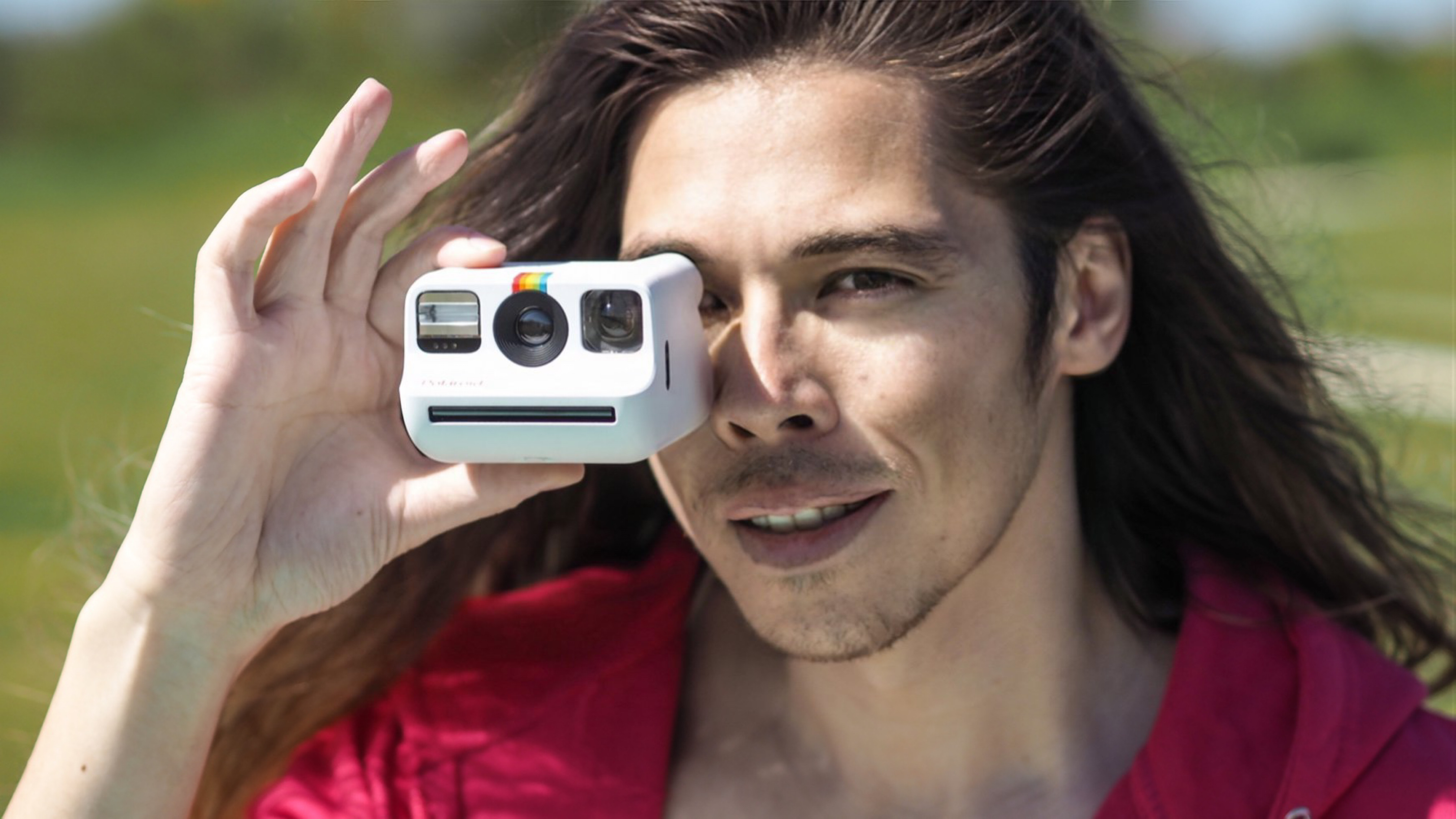
The fun isn’t limited to big expensive mirrorless cameras; even the humble Polaroid, whose core photochemical technology hasn’t changed much in decades, has done something drastically different. The Polaroid Go is an instant camera that has literally been designed to fit in your pocket. While the Instax Mini 11 is a pretty small camera, the Go is positively pint-sized.
Cinematic video
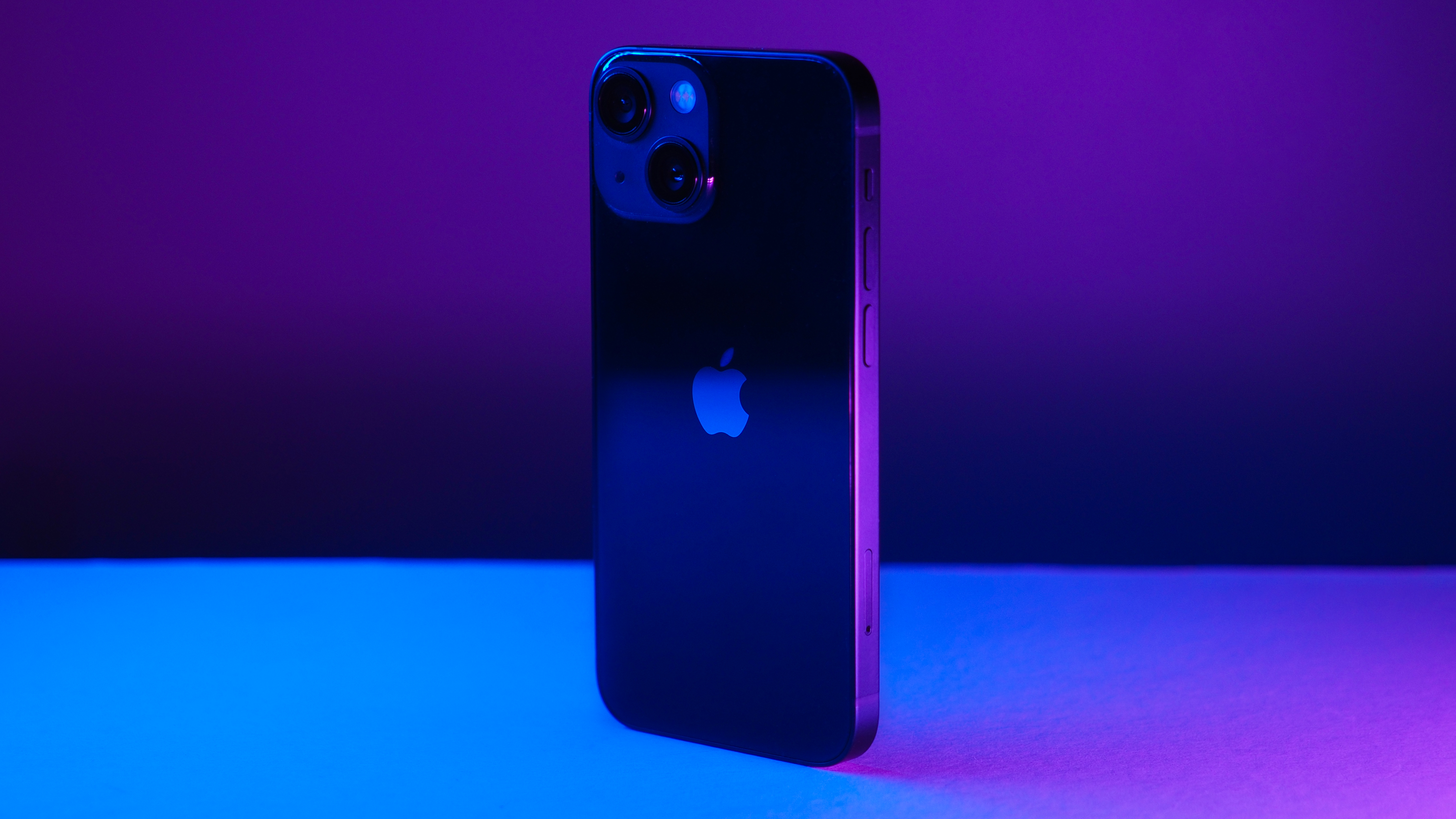
It’s not just traditional cameras, either – phone cameras have made some huge headway in 2021 as well. Arguably the most significant development is the Apple iPhone 13, which now features a Cinematic video mode. This uses a depth-detecting time-of-flight sensor and clever software to simulate shallow depth-of-field and slow, filmic focus pulls that allow the user to create stunning video footage.
Stereoscopic 8K 3D VR

We scratched our heads when we first saw the Canon RF 5.2mm f/2.8L Dual Fisheye lens, but it is at the heart of the new EOS VR system. When mounted on the Canon EOS R5, it allows you to capture 180° stereoscopic 3D footage in 8K resolution, enabling you to control the camera position during playback in video and VR applications at a ridiculous resolution.
Adios, mechanical shutter
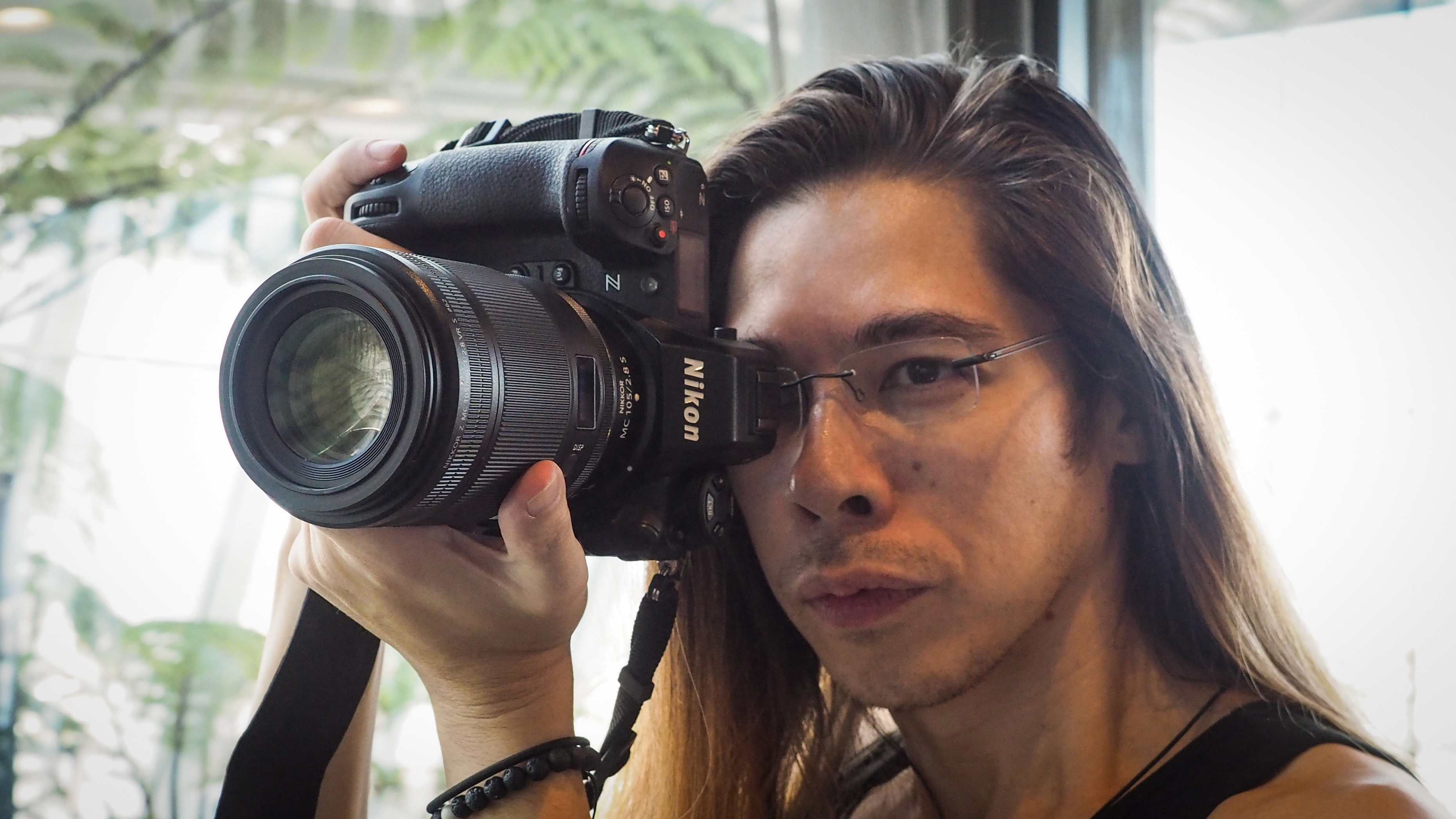
It started back in 2008, when Panasonic got rid of the mirror, and now manufacturers are getting rid of the shutter as well. Okay, technically, the Nikon Z9 isn’t the first interchangeable lens camera to abolish the mechanical shutter, but it’s the first one to do so without any apparent compromise in terms of rolling shutter, thanks to the ultra-fast stacked sensor.
Read more:
Best cameras for sports photography
Best instant cameras
Best camera phones
Best 360 cameras

James has 22 years experience as a journalist, serving as editor of Digital Camera World for 6 of them. He started working in the photography industry in 2014, product testing and shooting ad campaigns for Olympus, as well as clients like Aston Martin Racing, Elinchrom and L'Oréal. An Olympus / OM System, Canon and Hasselblad shooter, he has a wealth of knowledge on cameras of all makes – and he loves instant cameras, too.
